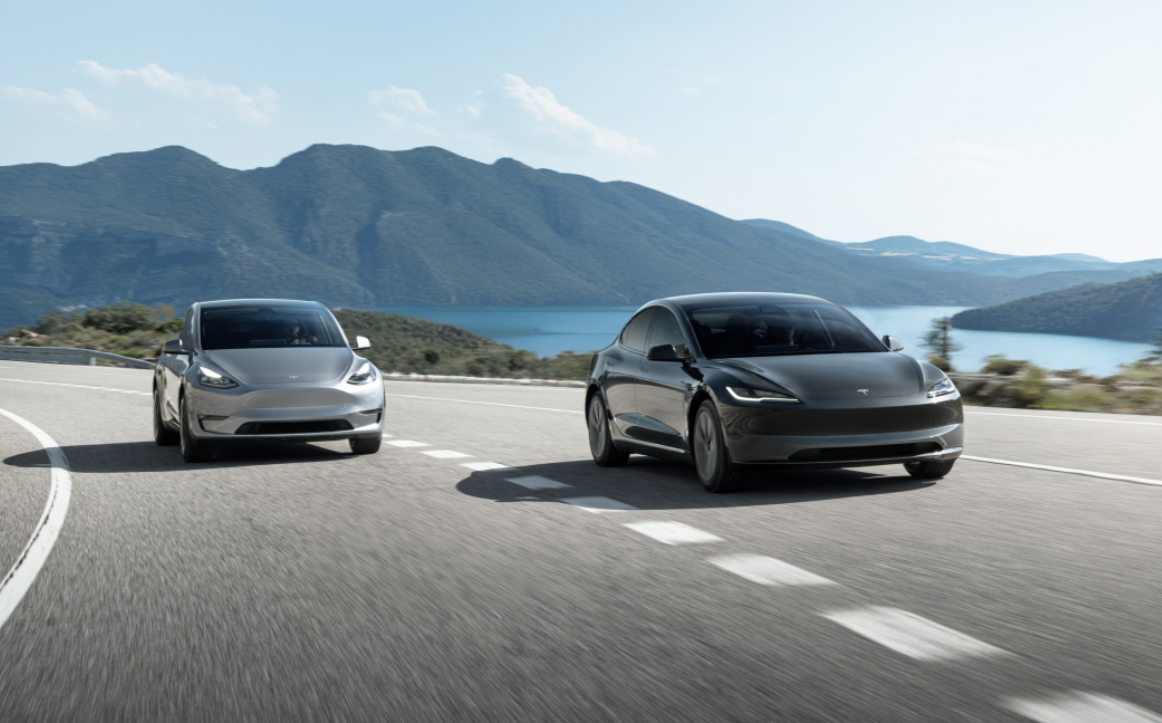On July 16, it was reported that Tesla plans to double its number of electric vehicle stores in Japan to 50 by the end of next year. This decision is not merely about scaling up but is part of Tesla's strategy to adapt to changes in the global electric vehicle market and deepen its presence in core Asian markets. In Japan, a highly mature automotive industry dominated by local brands, Tesla's expansion is driven by a precise judgment of market opportunities while facing multiple structural challenges. The Japanese electric vehicle market is at a crucial transformation stage. According to the Japan Automobile Dealer Association, pure electric vehicle sales in Japan are expected to fall by 33% year-on-year in 2024, totaling 59,736 units. This marks the first decline in four years, with the penetration rate of pure electric vehicles dropping below 2%, the lowest among major global markets. In contrast, China is projected to sell 6.314 million pure electric vehicles in 2024, a 22.6% increase year-on-year, accounting for 27.6% of the national passenger car market. The European market has a penetration rate of around 15%, while the US is at about 10%. Even India has rapidly expanded to 4%. What makes Japan's 'sparse' pure electric market attractive to Tesla? Despite Tesla's global performance not meeting expectations, with a 13% year-on-year decline in global sales to 384,122 vehicles in the second quarter, Japan has become a bright spot for Tesla. Although specific sales figures for Japan have yet to be released, it is estimated that Tesla sold around 4,600 vehicles in Japan in the first half of this year, a 70% increase year-on-year. Tesla's goal is to become the top-selling imported car brand in Japan by 2027, surpassing current leader Mercedes-Benz. This growth trend has boosted Tesla's confidence in the Japanese market and accelerated its expansion. Reports indicate that Tesla will kick off promotional activities at the start of 2025, offering five years of free supercharging for customers who purchase a new Model Y from January 1 and take delivery by the end of the first quarter. However, despite its popularity, Tesla's sales in Japan have not yet reached significant volumes. The online sales approach Tesla initially adopted in Japan, along with most promotional activities conducted online, aligns with its global asset-light strategy but may lack sincerity for deep market penetration. The unique characteristics of the Japanese automotive market pose multidimensional challenges for Tesla: product adaptability, service system restructuring, and sustainability of the profit model. Japanese consumers have high expectations for after-sales service, and while new stores will provide some after-sales functions, it is uncertain whether the training of technicians can keep pace with expansion. Additionally, Tesla's charging network in Japan uses its own standards, which are not directly compatible with the prevalent CHAdeMO standard used for charging stations, necessitating the provision of adapters for customers purchasing new Tesla vehicles. This means Tesla must rapidly increase its sales in Japan to offset rising costs, or risk further compressing profit margins. Ultimately, Tesla's plan to double its stores in Japan is a gamble to 'exchange scale for market presence'. The success of this venture will depend not only on capital investment but also on cracking the 'localization code' of the Japanese market, balancing Tesla's technological DNA with the value system of Japanese consumers. The outcome of this challenge could serve as a significant model for global automotive giants looking to enter mature markets.
Tesla Plans to Double Electric Vehicle Stores in Japan by End of Next Year

Share this post on: